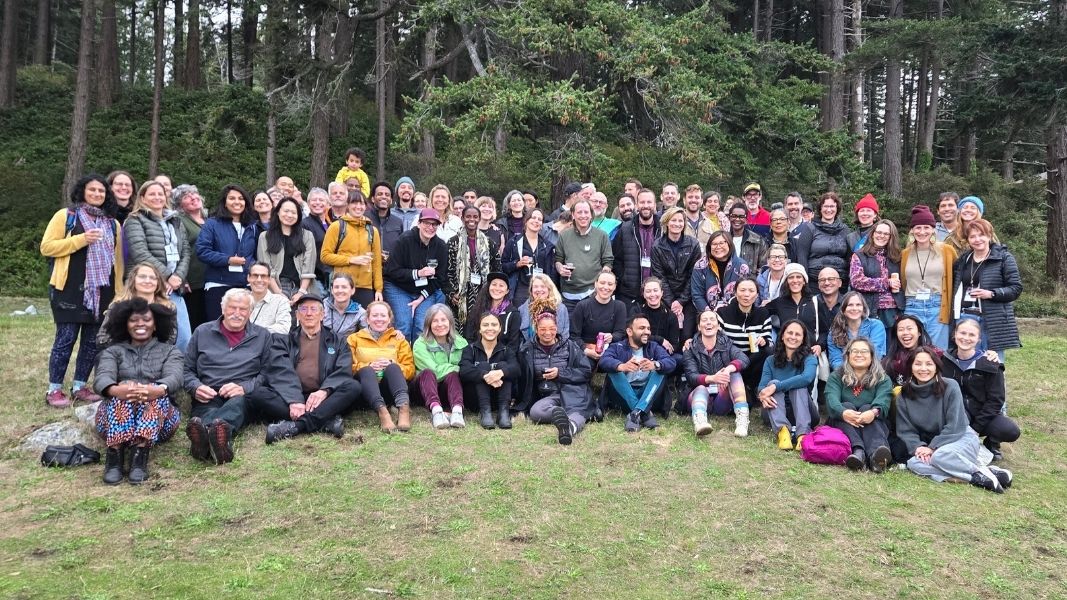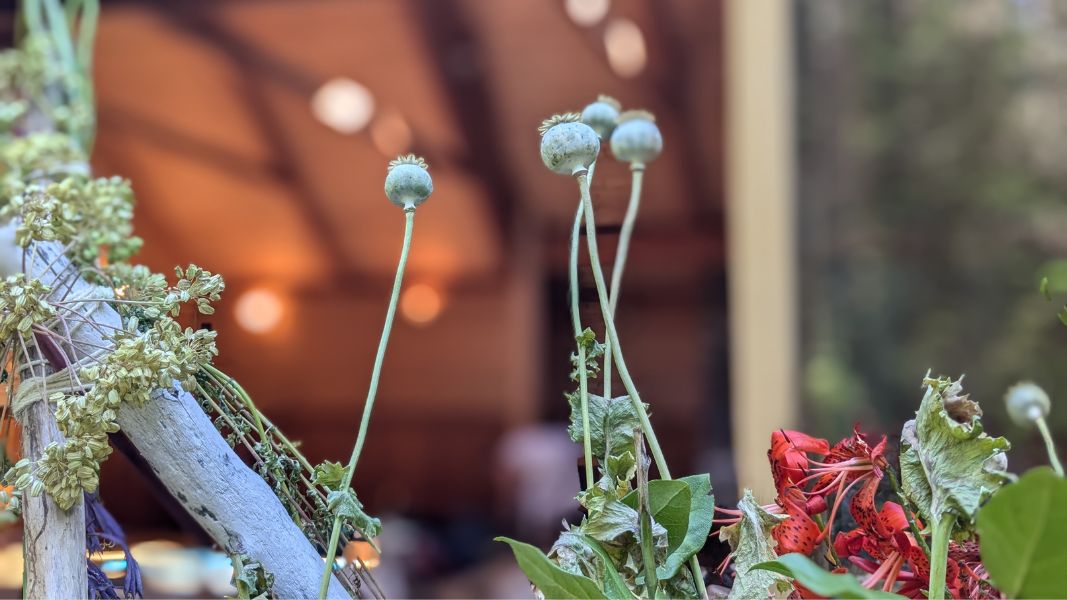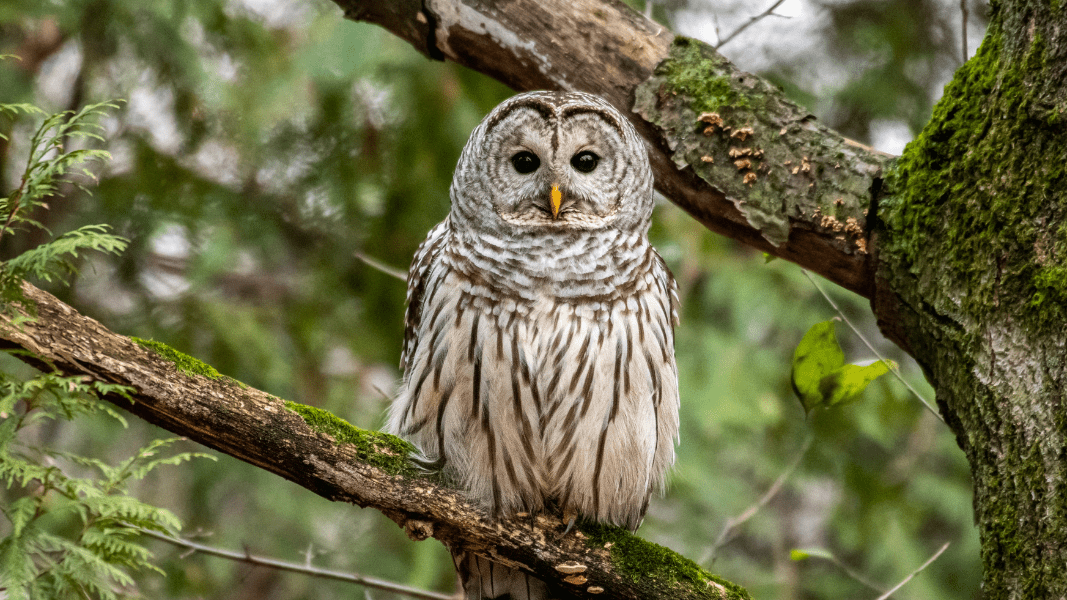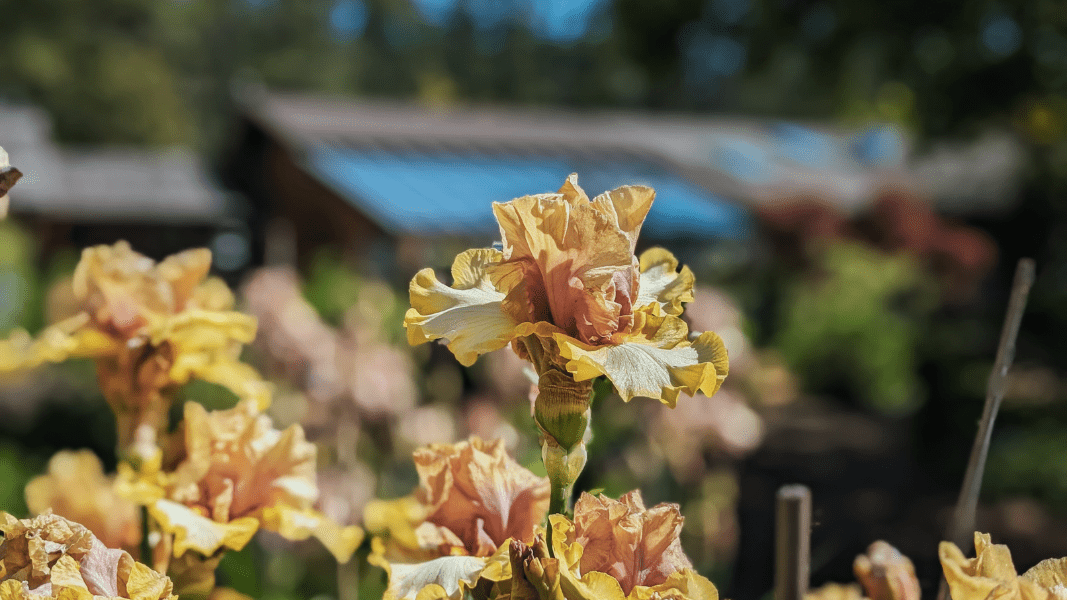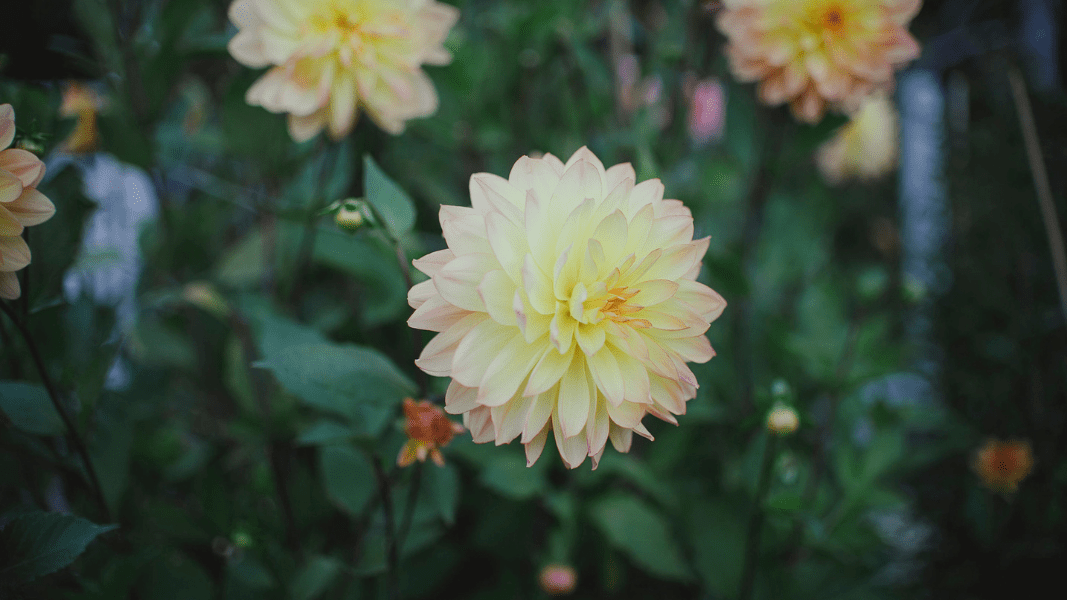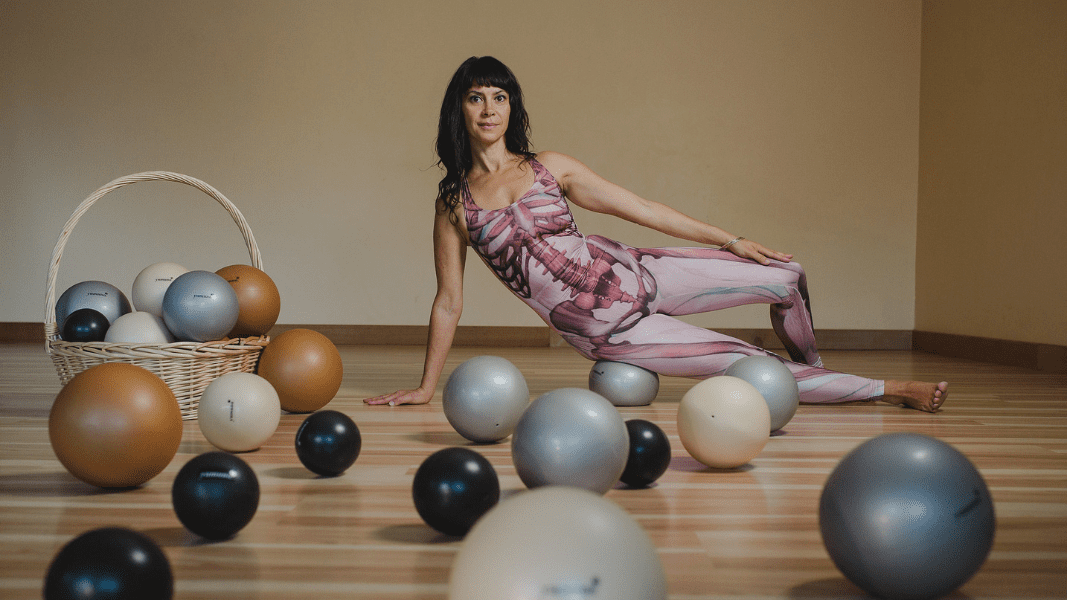From classical dance to cooking, team sports to the healing arts, all refined human activities have core competencies or practices.
Group-work is no exception. Over my 30 years of working in and with groups I have found these 5 essential practices will help each group participant make the best behavioral choices whether they are in a formal role, like facilitator, or are a participant. Each practice begins with showing up and being fully present, curious, and open-hearted.

1. Know Yourself
I believe that the single greatest contribution we can make to any group we are a part of is to cultivate a high degree of self-awareness. We are in the best position to facilitate ourselves. As we participate in groups we can monitor ourselves in real time, including: tracking our energy and emotions, our physical and mental states, our language, bias and assumptions. Self-awareness will lead us to understand our inner life, including triggers and sensitivities, and to better understand how we are nested in the group and even the greater society around us. Self-study will reveal where we source our powers and our position and what privileges we hold in our relationship to the group’s culture and the larger culture in general.
2. Study and understand others and groups
Individuals
To start with, groups are collections of individuals, and the more we know and understand about the people we are cooperating with, the better. Other people, like ourselves, are complex systems. When we join a group, our life experiences (past and present), our ancestry and culture (which includes our world-view, behaviors, ceremonies, rituals, language, etc.), our bodies and our dreams and visions, all become part of the group’s identity and behavior. Some groups have a greater range of human variation or diversity than others, but in any case, coming into authentic and equitable relationship with differences will always be part of the group’s work.
Groups
In addition to being a collection of individuals groups are also entities in and of themselves. Since the beginning of our species, groups of humans have joined together and cooperated towards shared endeavors. We all understand that groups in different cultures and locations exhibit diverse characteristics. Even in the same region and time period, different groups develop a diversity of “micro-cultures” which are distinct. Every group is different and unique to some degree. But it is also true that patterns in group dynamics can be identified, and, when studied, some common archetypes emerge. If we carefully observe these dynamics and come to understand them we have a much better chance of making choices that set the group up for success. Over the centuries different societies have constructed different models to describe the various parts of a group and how they generally function and interact. When we study these models, they help us transcend the particulars and get away from seeing group dynamics as strictly personal.
3. Collaborate Creatively
 Group work can be as much an art as a science. Co-operative process is enhanced by creative “out of the box” thinking, playfulness, and passion. When we frame group work as a creative process, we may find that we are more tolerant, curious, and willing to be surprised or uncertain. We can learn a great deal about skillful and effective group process but studying the process of creative artists and employing their creative practices.
Group work can be as much an art as a science. Co-operative process is enhanced by creative “out of the box” thinking, playfulness, and passion. When we frame group work as a creative process, we may find that we are more tolerant, curious, and willing to be surprised or uncertain. We can learn a great deal about skillful and effective group process but studying the process of creative artists and employing their creative practices.
Artists are challenged to bring their whole selves to a creative effort. They must embrace the unexpected and unpredictable (mystery) even as they use knowledge and skill (mastery) to reach their aims. Artists see interconnections, have a process orientation and value muddles, intuition and uncertainly. The same can be said about facilitators who raise the activity to an art form. In a creative process, there is nothing surprising or unsettling about lack of predictability or encountering the unexpected. Things unfold as they will and artists can only hope to collaborate rather than control. Great artists spend a lifetime perfecting their technique so they can leave it behind and plunge into the mystery of inspired creation. Artists know that surrender, and the faith it requires, is part of meeting any creative challenge. So it is with group work. This third practice, to collaborate creatively, allows us to cultivate the strength to surrender, have faith and embrace what emerges.
4. Understand Context: Use the right tool for the job
As we expand our facilitative toolbox, we have more and more choice when we decide to intervene in the group process. The skilled facilitator/group participant does not only collect and understand their tools in the abstract but also is keenly aware of when and how they should be used. The old cliché about using “the right tool for the job” applies here. Every process intervention, no matter how useful, can be disturbing and even destructive some of the time. When we are awake and fully present, observant of ourselves and others, then we can grasp the context within which we are acting, and this enables us to offer a group just what it needs.
5. Embrace collaborative values
“No one can define or measure justice, democracy, security, freedom, truth, or love. No one can define or measure any value. But if no one speaks up for them, if systems aren’t designed to produce them, if we don’t speak about them and point toward their presence or absence, they will cease to exist.” ― Donnelly H. Meadows, Thinking in Systems: A Primer
One of the most important and useful founding activities for any group is the establishment of the group’s core values. These values form the basis for our group’s culture. Our values (the things we consider worth striving for) are inextricably linked with our group’s Vision, Mission, and Identity or purpose. Our values dictate our behavioral norms and choices. Successful groups employ group processes that are in good alignment with their values. If our group process is to be characterized by cooperation and collaboration then our group must embrace collaborative values.
Examples of
Collaborative Values
- Full participation
- Mutual understanding
- Inclusive solutions
- Shared responsibility
- Mutual respect
- Transparency
- Compassion
- Empathy
- Honesty
- Deep listening
- Civility
- Tolerance
To work effectively and co-operatively with groups we need to become fluent in the language of group process. With these 5 core practices, we can avoid many challenges found in group process, and realize our shared dreams and aspirations.
Feature photo credit: Zack Embree

